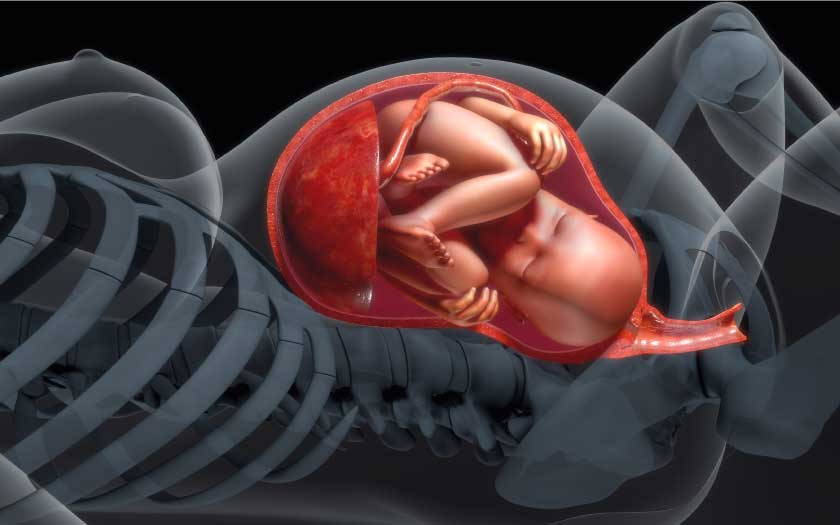There is this birthing practice of leaving the umbilical cord uncut and attached to the placenta and baby until it falls off naturally, which usually about 10 days. It used to be quite the thing back in the 1970s, although most young moms and moms-to-be today are probably not aware of it. Today, however, the lotus birth seems to be making a comeback!
We’re not sure who’s responsible for bringing this back, but more and more moms are now open to trying out the lotus birth. To many, it’s already considered a wholly natural practice like natural birthing and/or home birthing.
How it’s done
Upon birth, a baby’s umbilical cord is usually cut, but with the lotus birth, it is left intact while waiting for the birth of the placenta. Once the placenta appears, it will take a few minutes for it to completely stop pulsating and for all the remaining blood to transfer to the baby’s body.
The placenta can then be gently washed in warm water and drained dry. Some practitioners recommend rinsing the placenta again after a few hours to thoroughly remove any residue. Once it’s cleaned properly, it can be patted dry.
Won’t it smell?
That would depend on your senses as to what smells ‘bad’. For example, some people can’t tolerate the smell of certain animals while others don’t mind at all. The placenta though is said to emit a musky smell after a few days, although most parents do not find it overpowering or offensive. Care for it well while it’s drying out and the placenta should not develop a bad smell.

The placenta is usually placed in a sieve or colander to drain and dry completely for 24 hours. Putting a towel underneath can help to absorb any moisture. Once dried, a generous sprinkling of either salt or dried rosemary (covering the whole placenta) will help prevent any odours. Some moms also use lavender oil or other essential oil for this purpose. The placenta is placed in a special bag while the cord, still connected to the baby, can be left exposed or wrapped in silk or cotton. Plastic containers are not used for it slows down the drying process and may even hasten deterioration.
The placenta goes wherever the baby goes, so extra care has to be given. The baby can still be given a bath, but care has to be given to keep the placenta dry — The cord dries off easily but the placenta won’t. Avoid moving the baby around unnecessarily during this time. You’ll have to regularly check on the placenta to wipe off any excess moisture or reapply your dried herbs or salt. The main thing is to keep it as dry as possible all the time.
The cord dries and separates between three to ten days after birth. For most moms who have kept their babies placenta, they found it appropriate to either:
- Bury it in the garden or any other chosen location.
- Plant a special plant with the placenta in the soil.
Would you choose to do it?
With a lotus birth, a baby is said to receive all of the placental blood through the umbilical cord before it’s disposed of. Also, as a bonus, the little newborn will be less likely to be ‘passed around’ at such a tender age (due to being attached to the placenta). As the placenta needs to be tended to, moms tend to stay closer to their babies, initiating precious bonding time.
The whole process is believed to bestow due to acknowledgment to the connection a newborn baby has had with the placenta while he or she was still in the mom’s womb. It also shows a degree of respect for the transition from the womb to the outside world.


